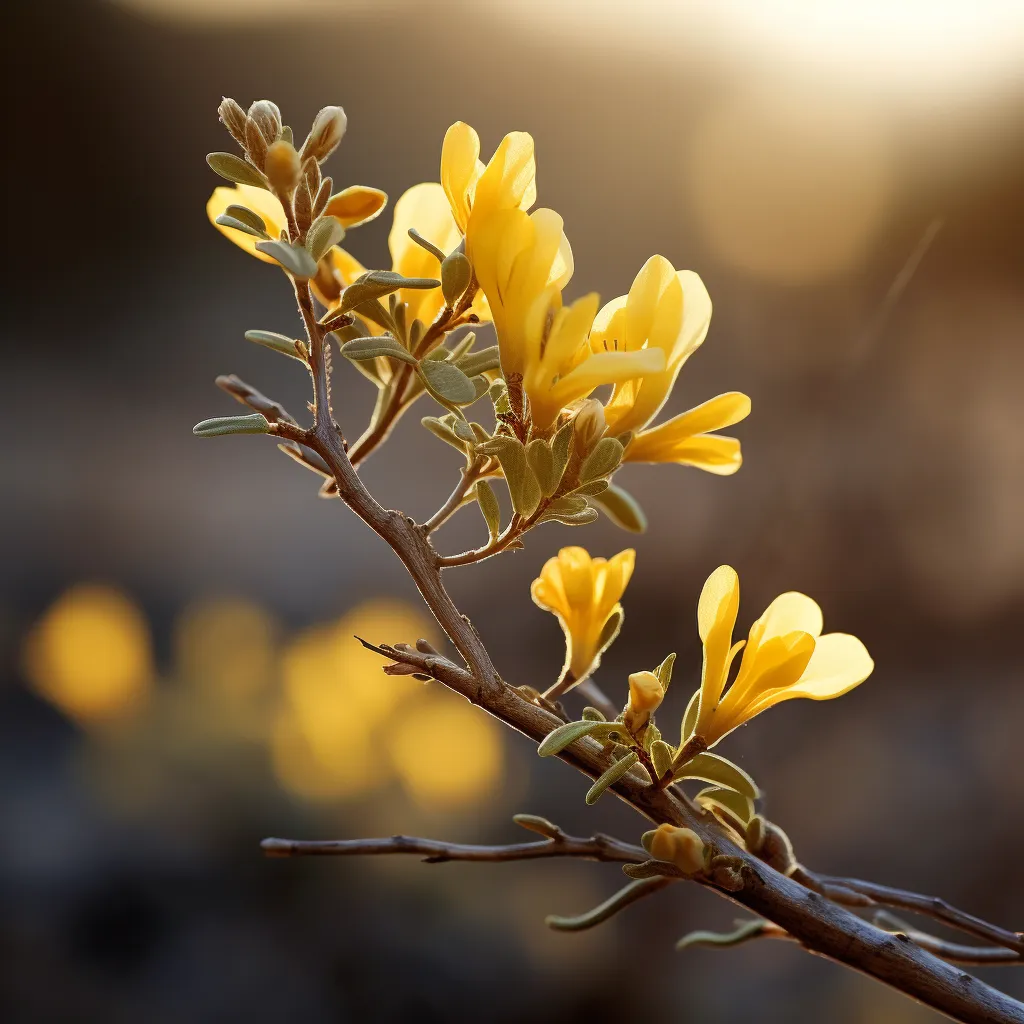Story of Day :
Contents
Genista aetnensis (Mount Etna Broom) Plant Care Tips
Introduction
Welcome, fellow garden enthusiasts! Today, we are going to dive into the world of Genista aetnensis, commonly known as the Mount Etna broom.
This beautiful flowering plant is native to Sicily and is widely admired for its vibrant yellow flowers that bloom in spring and summer.
In this article, we will explore some essential care tips to help you cultivate and maintain healthy Mount Etna broom plants in your own garden.

Choosing the Right Location
The first step towards successful Genista aetnensis cultivation is selecting an appropriate location for your plant.
This Mediterranean species thrives in full sun and well-draining soil.
Make sure you choose a spot in your garden that receives at least six hours of direct sunlight each day.
Soil Preparation
Prior to planting your Mount Etna broom, it’s crucial to prepare the soil properly.
These plants prefer slightly acidic soil with a pH level between 5.5 and 6.5.
You can achieve this by adding organic matter such as compost or peat moss to improve drainage while also providing essential nutrients.

- Mix compost or peat moss into the top six inches of soil.
- Avoid using heavy clay soils without amendments as they may lead to root rot.
- If necessary, consider using raised beds or containers with well-draining soil.
Watering Needs
Proper watering is crucial for the health of your Mount Etna broom plants.
These plants prefer moderate moisture, so be careful not to overwater them.
It’s best to water deeply once or twice a week, rather than shallowly and frequently.
Fertilizing

To promote healthy growth and abundant flowering, it’s essential to fertilize your Genista aetnensis regularly.
Apply a balanced slow-release fertilizer in early spring and again in mid-summer following the package instructions.
Avoid excessive use of nitrogen-rich fertilizers as they may encourage foliage growth at the expense of flowers.
- Choose a fertilizer with an NPK ratio around 10-10-10 or similar.
- Avoid fertilizing during periods of drought or extreme heat.
Pruning and Maintenance
Regular pruning helps maintain the shape and vigor of your Mount Etna broom plants.
Prune immediately after flowering by removing dead or damaged wood as well as any overcrowded branches that can impede air circulation.

- Cut back one-third to half of the plant’s height every two to three years in early spring before new growth begins.
- Avoid heavy pruning as it may reduce flowering for that season.
Pest and Disease Control
The good news is that Genista aetnensis is relatively resistant to most pests and diseases.
However, like any other plant, proper care can help prevent potential issues.
Here are some preventive measures:
- Inspect your plants regularly for signs of aphids or spider mites.
- If necessary, use insecticidal soap or neem oil to control pests.
- Avoid overwatering and ensure good air circulation to prevent fungal diseases.
Conclusion
Congratulations! You are now equipped with the knowledge and tips to successfully care for your Genista aetnensis (Mount Etna broom) plants.
Remember, proper location, soil preparation, watering, fertilizing, pruning, and pest control are essential for their well-being.
With a little effort and care, these vibrant yellow-flowering beauties will bring joy and color to your garden year after year.
Happy gardening!